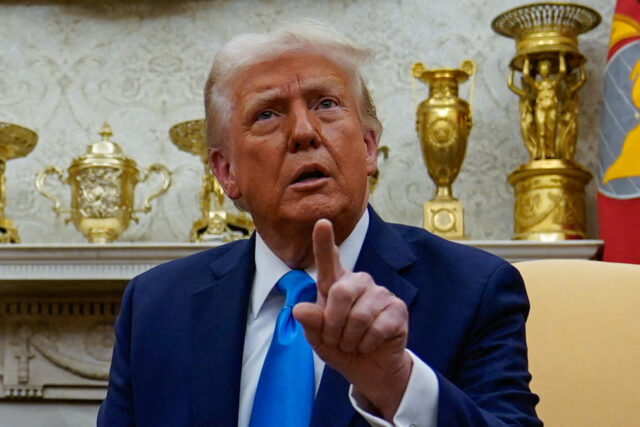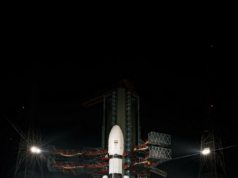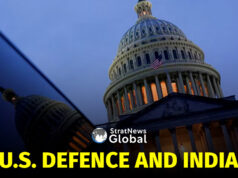As Narendra Modi heads for the White House and parleys with Donald Trump later this week, his brains trust must be burning midnight oil figuring out what kind of deal would satisfy America’s “transactional” president.
Make no bones about it, India is vulnerable. The US Trade Representative’s (USTR) 2024 National Trade Report on Foreign Trade Barriers devotes 12 pages to India. The opening lines about India in the report, are negative.
“India’s average Most Favoured Nation applied tariff rate was 18.1% in 2022, which was the highest of any major world economy, with an average applied tariff rate of 14.7% for non-agricultural goods and 39.6% for agricultural goods.”
Siraj Hussein, former Secretary Agriculture in the Central Government, told StratNewsGlobal that India imports largely pulses from the US.
“In his first term Trump had imposed tariffs on Indian steel, so we imposed tariffs on pulses but there is no ban as such and depending on the price, we can import pulses such as masoor dal.”
For edible oils, India buys from all over, he said underscoring that the US has no surplus in such oil, which incidentally is genetically modified but there is no ban in India on the import of GM edible oil. The US also has GM soya and GM corn but India has not approved GM foods for commercial sale.
The USTR report mentions dairy products. Siraj Hussein points out that India is surplus in milk and has no need to import. He acknowledges there could be phytosanitary restrictions India enforces on the import of milk.
The USTR report says, “India maintains high applied tariffs on a range of goods including vegetable oils (as high as 45%); apples and corn (50%); coffee, raisins and walnuts (100%) … high tariff rates represent a significant barrier to trade in other agricultural goods and processed foods (poultry, potatoes, citrus fruits, almonds, pecans, grapes, chocolate, cookies, frozen French fries etc)”
Almonds, walnuts and pistachios are widely consumed in India and those of the American variety perhaps even more so. In fact, the USTR report admits that in June 2023, India agreed to “rescind retaliatory tariffs on …chickpeas, lentils, almonds, walnuts, apples, boric acid and diagnostic reagents.”
But it faults India for “surcharge on a range of agricultural products … a landing fee of 10% is included in the valuation of all imported products ..”
The trade report, while not mentioning wheat or rice directly, instead takes aim at the MSP (Minimum Support Price), which it notes is a “guaranteed price not market price”. Terming it as “excessive subsidisation’, the report says such support has gone far beyond its domestic food security needs and has helped India secure its place as the top global exporter of rice.
India does not buy rice from the US, nor wheat.
“We are surplus in wheat and in the last two years, have been exporting surplus, so there is no need for import,” Siraj Hussein said.
The report notes India’s price controls on cardiac stents and the import restrictions on laptops, tablets and servers. It faults the guarantee on every policy sold by the Life insurance Corporation as “unfair advantage” and has raised concern about the 30% limit placed on foreign electronic payment service suppliers.
“They keep pushing for all kinds of things and make issues out of anything,” Siraj Hussein warned.
Trade specialist Abhijit Das says India cannot afford to lower its guard in sectors like agriculture, pharma or automobiles. It must do what it can to minimise the impact of any concessions made to the US in these areas while also seeking reciprocal access to their markets.
Buying more US military hardware is an option while ensuring the Atmanirbhar effort is not compromised. He describes as “a trap’ any negotiations on a free trade deal, saying it would force india to comprehensively address the range of US interests at the cost of our own.
Thirty eight years in journalism, widely travelled, history buff with a preference for Old Monk Rum. Current interest/focus spans China, Technology and Trade. Recent reads: Steven Colls Directorate S and Alexander Frater's Chasing the Monsoon. Netflix/Prime video junkie. Loves animal videos on Facebook. Reluctant tweeter.





